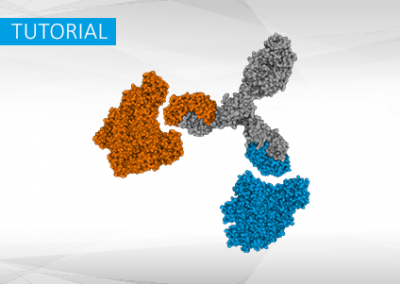switchSENSE®
eLearning Center
We cover an array of various, different applications.
Browse through publications, application notes,
tutorials, and more.
Molecule Type
Analytical Method

RT-IC Binding kinetics on cells

Kinetic analysis of ternary and binary binding modes of the bispecific antibody emicizumab

The Impact of Nε-Acryloyllysine Piperazides on the Conformational Dynamics of Transglutaminase 2

switchSENSE® Compatibility Sheet

DNA Y-structure: Analysis of ternary complex formation

Structural basis for Cas9 off-target activity
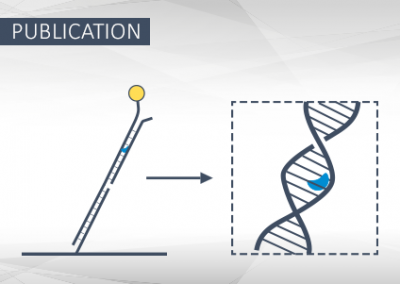
Application of the switchSENSE® Technique for the Study of Small Molecules’ (Ethidium Bromide and Selected Sulfonamide Derivatives) Affinity to DNA in Real Time
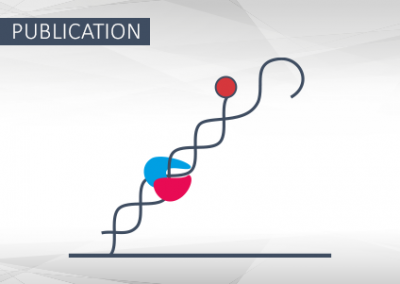
The DNA-damage kinase ATR activates the FANCD2-FANCI clamp by priming it for ubiquitination
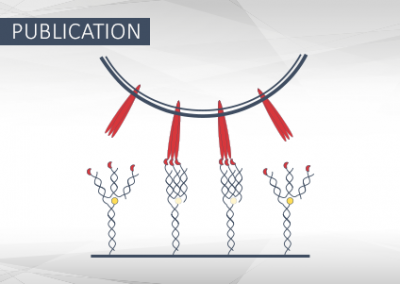
Characterization of binding interactions of SARS-CoV-2 spike protein and DNA-peptide nanostructures

Sensitive Protein Detection Using Site-Specifically Oligonucleotide-Conjugated Nanobodies

A Robust Assay to Monitor Ataxin-3 Amyloid Fibril Assembly
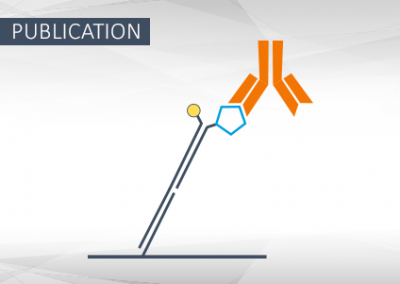
Highly shape- and size-tunable membrane nanopores made with DNA

Equine lactoferrin: Antioxidant properties related to divalent metal chelation
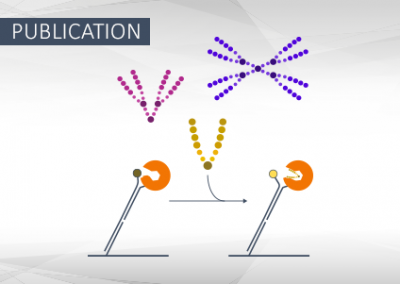
Multivalent Binding Kinetics Resolved by Fluorescence Proximity Sensing

Tight Binders Tutorial
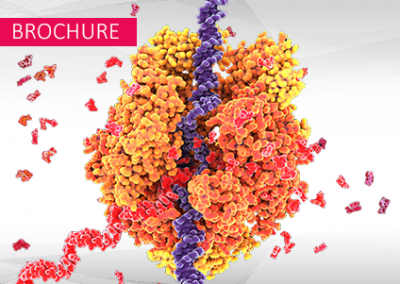
Molecular interactions with nucleic acids: Studying nucleic acid binding molecules with switchSENSE®

The role of DNA nanostructures in the catalytic properties of an allosterically regulated protease

Application in nutrition: mineral binding
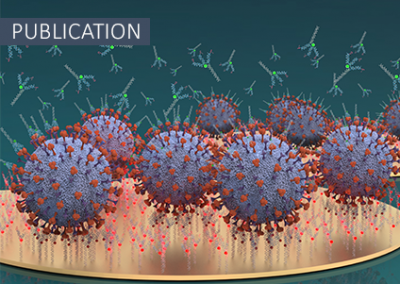
Measuring Influenza A Virus and Peptide Interaction Using Electrically Controllable DNA Nanolevers
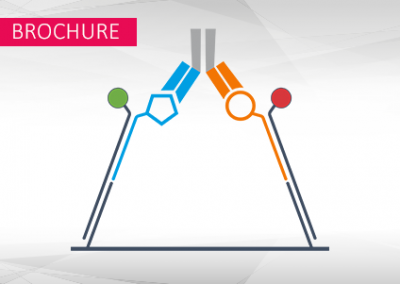
Kinetics of multispecific molecules: Analysis of cooperative binding with switchSENSE®
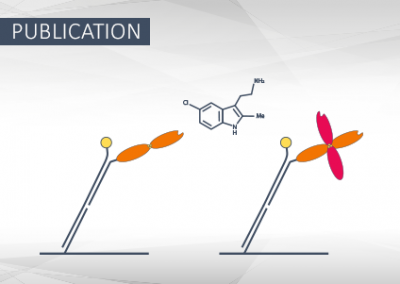
Regulation of cadherin dimerization by chemical fragments as a trigger to inhibit cell adhesion

Electrically Switchable Nanolever Technology for the Screening of Metal-Chelating Peptides in Hydrolysates
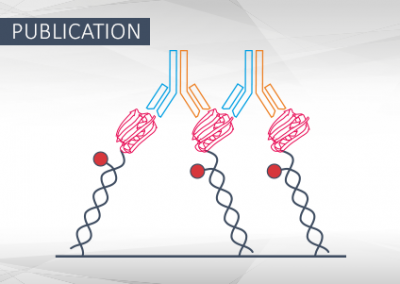
Engineering an anti-HER2 biparatopic antibody with a multimodal mechanism of action
